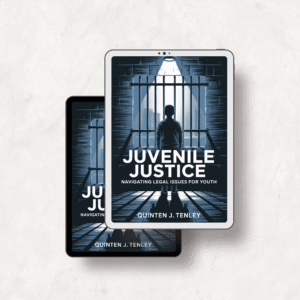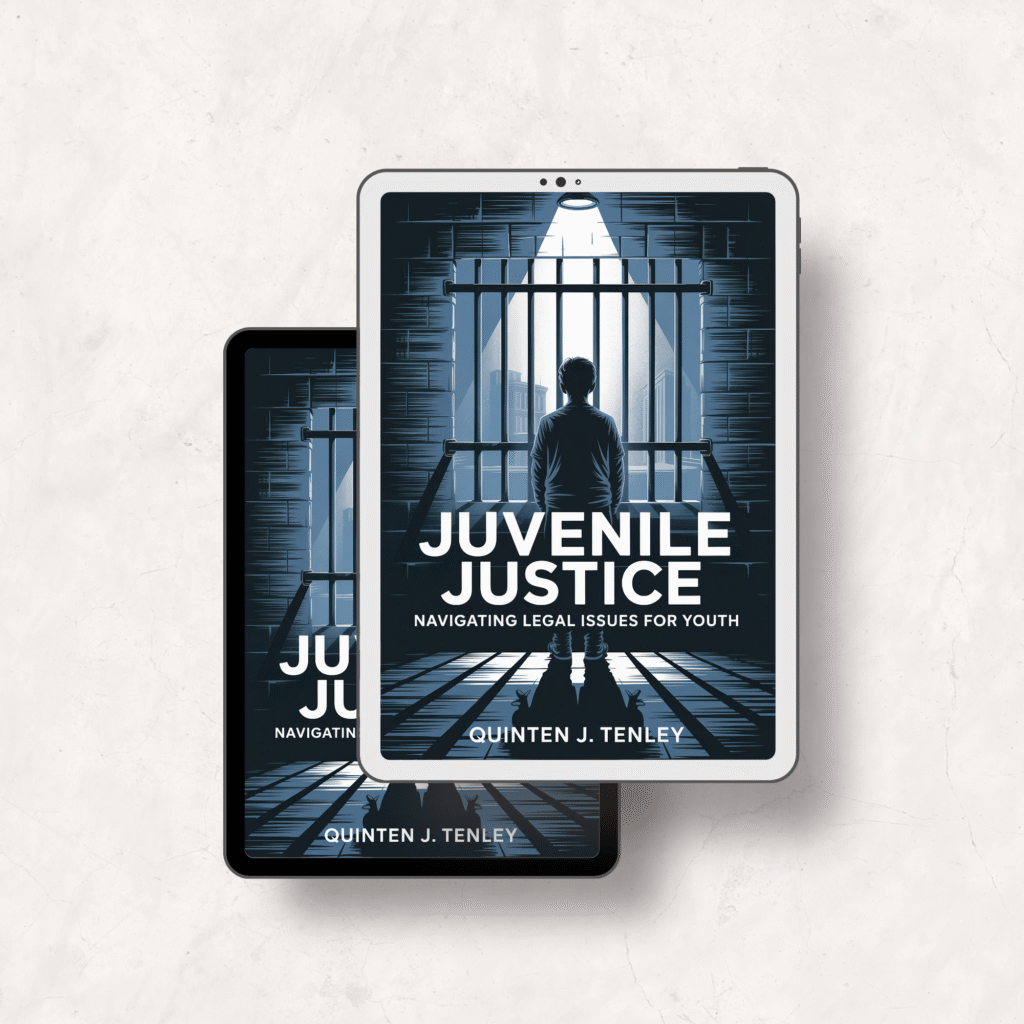Juvenile Justice: Navigating Legal Issues for Youth – Complete Guide to Youth Advocacy and Legal Rights

The juvenile justice system affects thousands of young lives every year, yet many advocates and legal professionals lack the comprehensive knowledge needed to effectively protect youth rights. This critical gap in understanding often leads to poor outcomes for vulnerable young people navigating complex legal procedures. “Juvenile Justice: Navigating Legal Issues for Youth” provides essential guidance for anyone committed to youth advocacy, offering practical strategies for protecting juvenile rights and promoting rehabilitation over punishment.
This comprehensive ebook addresses the most pressing challenges in juvenile law, from intake procedures to court representation. Unlike generic legal texts, this guide focuses specifically on the unique developmental needs of young offenders while emphasizing evidence-based approaches to juvenile justice reform. You’ll discover proven advocacy strategies, understand crucial procedural safeguards, and learn how to navigate the complex intersection of legal requirements and youth development.
What You’ll Discover
- Essential Juvenile Rights Protection: Master the fundamental legal rights every young person possesses and learn effective strategies for ensuring these rights are respected throughout the justice process
- Court Procedure Navigation: Discover step-by-step guidance for navigating juvenile court proceedings, from intake assessments to disposition hearings and appeals
- Effective Legal Representation Strategies: Learn proven techniques for providing trauma-informed defense and ensuring meaningful youth participation in their own legal proceedings
- Rehabilitation-Focused Advocacy: Overcome punitive approaches by implementing evidence-based rehabilitation strategies that address root causes and promote positive youth development
- Special Population Considerations: Understand the unique challenges facing LGBTQ+ youth, crossover cases, and other marginalized populations within the juvenile justice system
- Systemic Reform Implementation: Transform your knowledge into actionable change through practical tools for promoting policy reforms and community-based interventions
Why This Book Matters
The current juvenile justice landscape demands advocates who understand both legal complexities and developmental science. This book bridges that crucial gap by providing evidence-based strategies for protecting youth while promoting accountability. You’ll gain insights into effective legal representation, procedural safeguards against false confessions, and innovative approaches to reducing recidivism through rehabilitation rather than punishment.
Every chapter offers actionable tools for immediate implementation, whether you’re a public defender, social worker, or community advocate. The real-world case studies demonstrate successful advocacy techniques while addressing common challenges like high caseloads, resource limitations, and systemic barriers. Transform your approach to juvenile justice by focusing on long-term youth development rather than short-term punitive measures.
Key Features
This comprehensive ebook spans multiple chapters covering intake procedures, court representation, rehabilitation programs, and systemic reform strategies. Available as an instant digital download, you’ll receive immediate access to practical tools, case study analyses, and advocacy frameworks. The format allows for easy reading on any device, with printable resources for hands-on application in your practice. Also available as audiobook on Google Play Books and Spotify for convenient listening during commutes or while traveling to court proceedings.
Frequently Asked Questions
How does this book help improve juvenile justice outcomes?
The book provides evidence-based strategies for effective youth advocacy, focusing on rehabilitation over punishment. You’ll learn practical techniques for protecting juvenile rights while promoting positive developmental outcomes through trauma-informed approaches and community-based interventions.
What makes this guide different from other legal resources?
Unlike generic legal texts, this book specifically addresses the unique developmental needs of young offenders. It combines legal expertise with developmental science, offering practical tools for navigating complex cases while maintaining focus on long-term youth success and systemic reform.
Is this book suitable for non-legal professionals working with youth?
Absolutely. The content is designed for anyone involved in youth advocacy, including social workers, educators, and community organizers. Complex legal concepts are explained clearly with practical applications for various professional contexts and advocacy situations.
Get Your Copy Today
Transform your approach to juvenile justice with this comprehensive guide to youth advocacy and legal rights protection. Available for instant download at just $6.99, this ebook provides exceptional value compared to expensive legal training programs or specialized courses. Also available as audiobook on Google Play Books and Spotify for flexible learning. Purchase your copy through all major ebook retailers including Apple Books, Barnes & Noble, and Kobo to begin implementing effective youth advocacy strategies today.
Watch the Video Review

